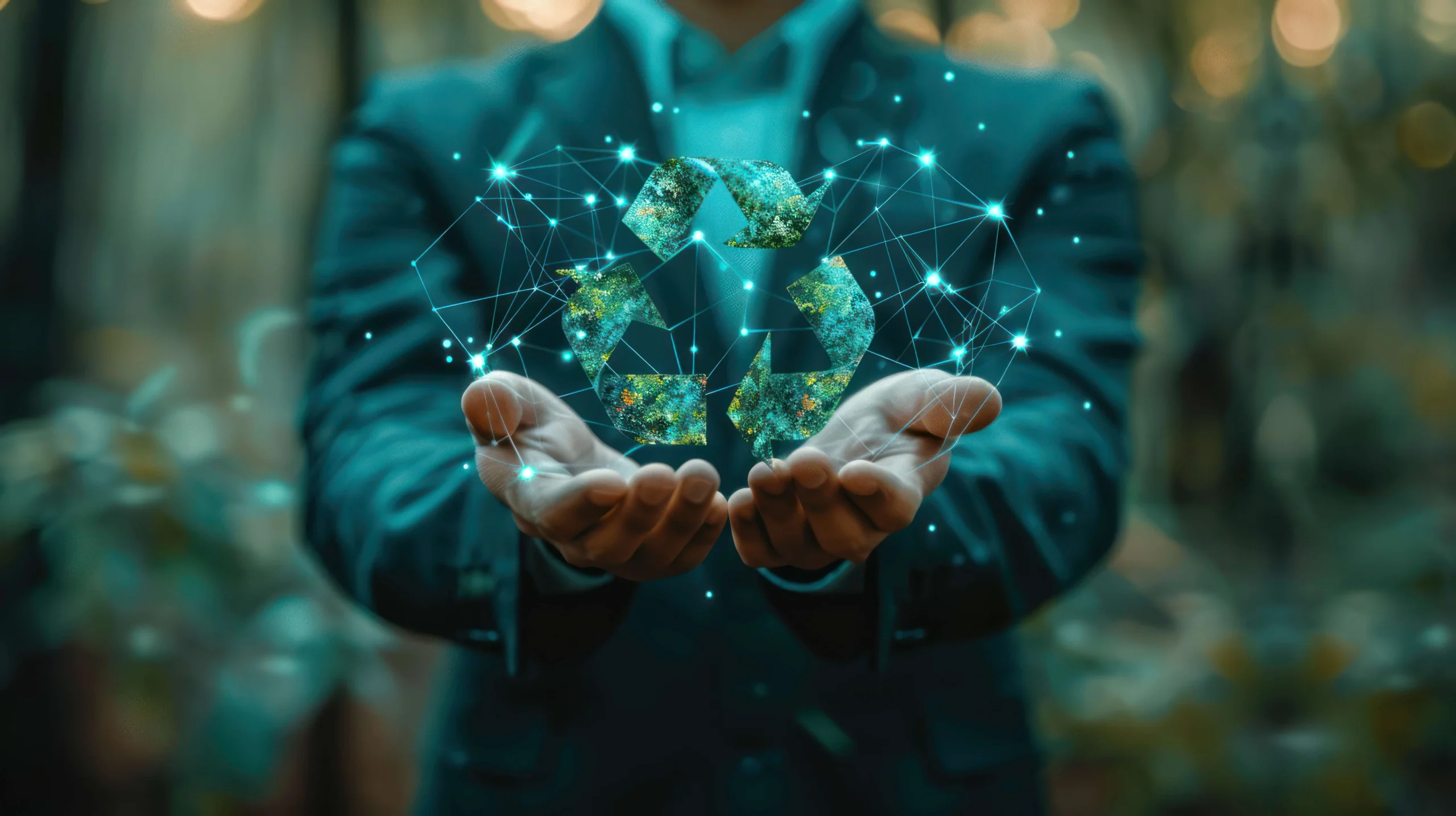
The traditional business model of "take, make, waste" is quickly becoming obsolete. As the world faces increasing resource constraints and growing environmental concerns, the circular economy is emerging as the future of sustainable business. But what exactly is a circular economy, and how can your business transition to this model?
Understanding the Circular Economy
At its core, the circular economy aims to minimize waste by keeping products and materials in use for as long as possible, also known as extended producer responsibility. This might mean designing products that are easier to repair, recycling materials, or finding new uses for byproducts. Companies embracing this model are finding that, not only does it benefit the environment, but it also creates long-term business growth by reducing costs and opening up new revenue streams.
Transitioning to a Circular Economy
- Product Design for Longevity: How can you design products that last longer or are recyclable? What improvements can you make to product packaging to increase recyclability or, even better, allow for that packaging to be composted? Think about the materials you use and how your products can be made modular or repairable.
- Rethinking Waste: Waste is often just an opportunity in disguise. Can byproducts be sold to another industry? Can materials be reused internally?
- Engage Your Consumers: Consumers are increasingly interested in sustainability. Offering recycling programs or encouraging repairs can build brand loyalty and show customers that your business is committed to sustainable innovation.
- Collaborate Across the Supply Chain: You don’t have to do it alone. Partner with suppliers to ensure they are also adopting sustainable practices. This can lead to efficiencies that benefit both your bottom line and the planet.
Full Scope Insights helps businesses adopt circular economy principles by integrating sustainability into their core business models. Our sustainability services ensure that your company can transition smoothly - reducing waste while driving profitability.
The circular economy isn’t just the future—it’s the present. Let’s start building a sustainable future today.
